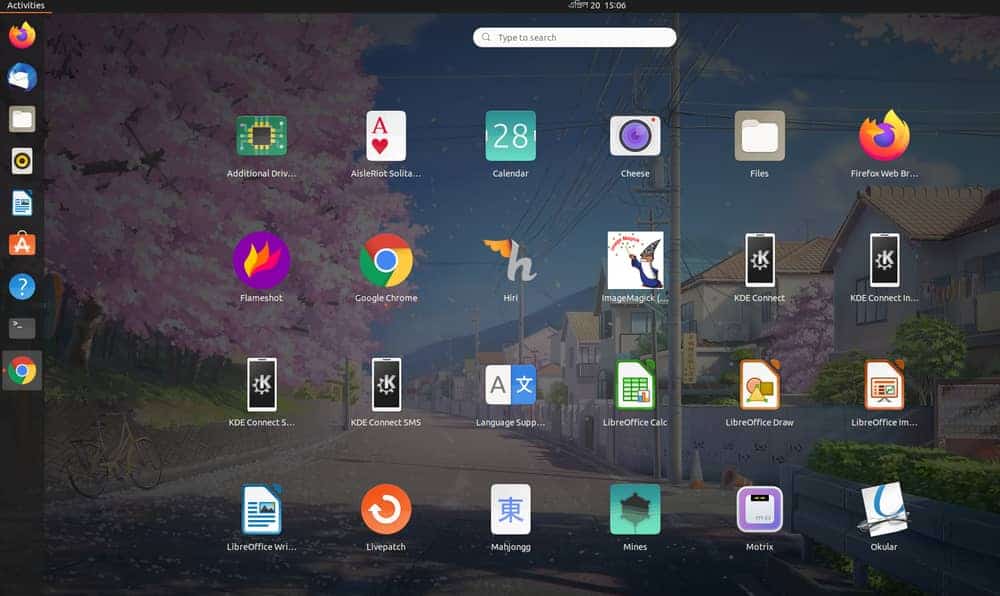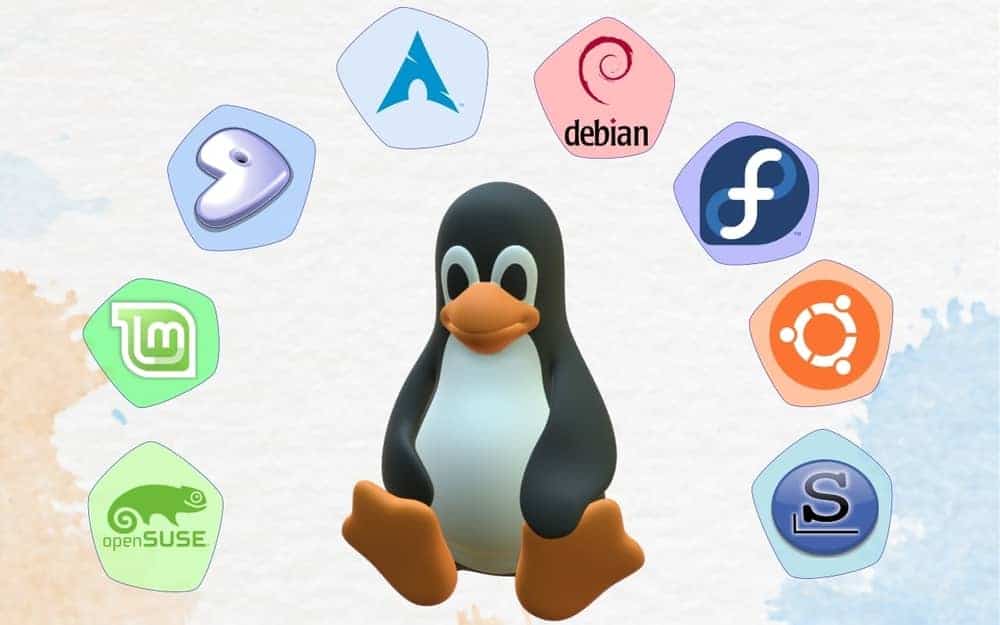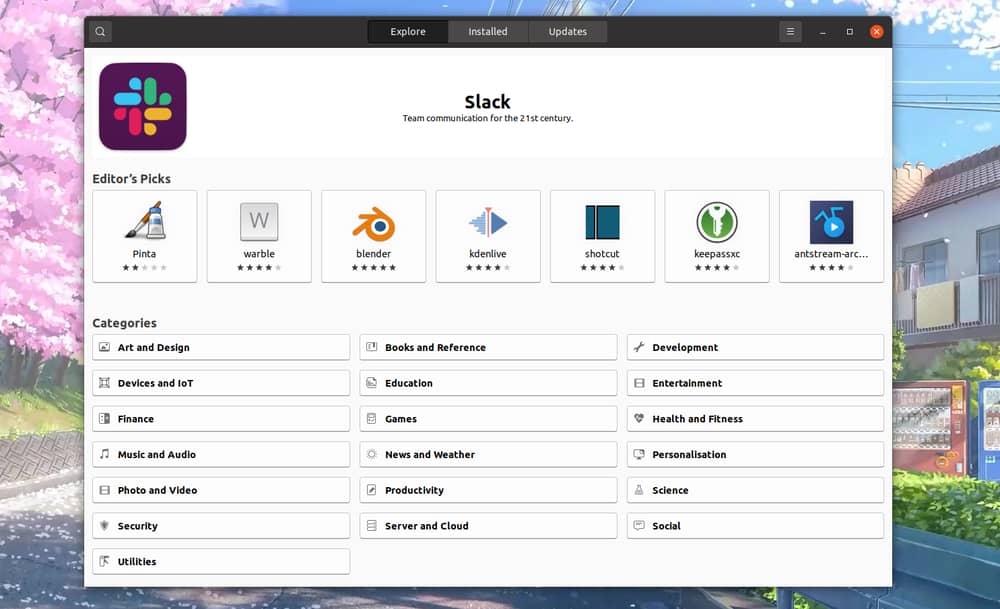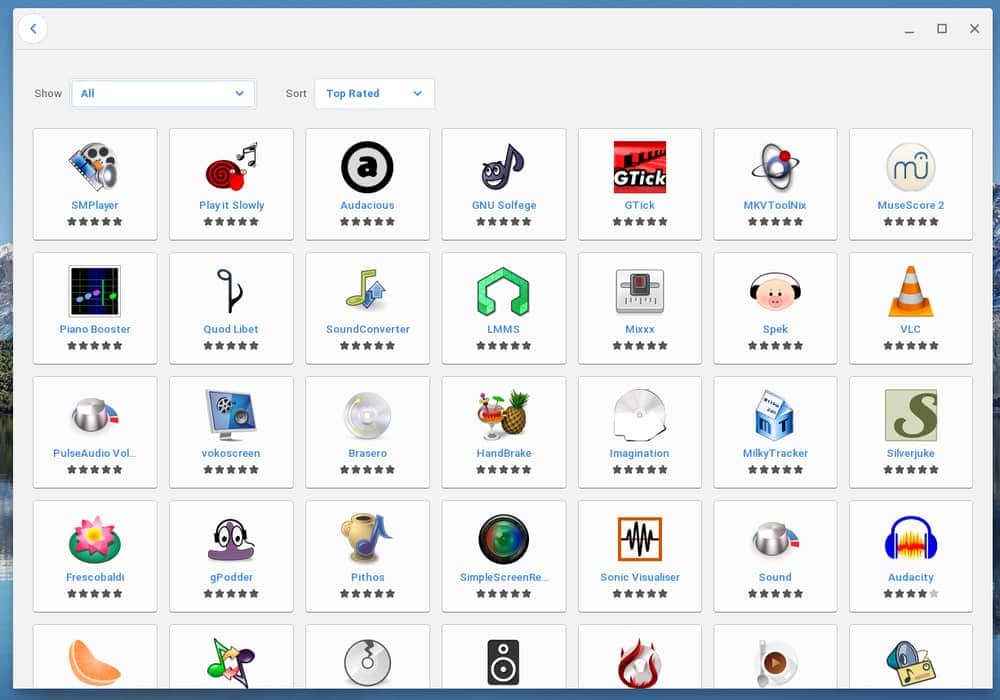Compared to Windows and macOS, the number of Linux users is not so much. Though Linux is a free and open source system, unlike Windows and macOS, people are not getting interested in it for many reasons. Not having enough software and applications is one of the main causes. Indeed, it has become a common question for most Linux users about why Linux doesn’t have more apps. Basically, there are a few reasons behind it. If you are using Linux or planning to use it in the future, you should learn about it. For that, stay with us till the end, and I am sure you will learn something new.
Common Reasons Why Linux Doesn’t Have More Apps
Basically, being free and open source is the main reason for Linux not having a lot of apps and software. Besides, it has a lot of distros, and all of them come with different rules and requirements. However, that’s not all behind this problem. To understand the reasons properly, we need to delve into some factors that hinder Linux from having more apps. We have found six significant factors in this case. Don’t skip a single sentence to understand it properly.
1. No Solid Earning Potential in The Linux Ecosystem
In contrast to Windows or macOS developers, who can easily charge flat fees or put monthly subscriptions on their apps, Linux developers simply can’t. Even if developers decide to sell their apps because it’s open-source, all the source code is out there in front of everyone. No one can really guarantee that someone won’t just take the code, get tweaked, and re-distributed for free, causing a loss for the original developer.
 Moreover, different Linux distros have different policies. For example, Ubuntu is a bit lenient regarding proprietary programs. On the other hand, Fedora uses a strong open-source approach and doesn’t allow any sort of proprietary software.
Moreover, different Linux distros have different policies. For example, Ubuntu is a bit lenient regarding proprietary programs. On the other hand, Fedora uses a strong open-source approach and doesn’t allow any sort of proprietary software.
The few ways to earn money developing Linux apps are all relatively small-scale and unreliable. This means that most developers won’t put in the time and effort to create quality Linux apps, and the ones that do are often not able to make a living from it.
2. Huge Number of Linux distros
Linux offers many different distributions, or ‘distros.’ Each distro has its own package manager, and each package manager has its own repository. This fragmentation makes it difficult for developers to create, test, and manage apps compatible with all the different package managers. In addition, each distro has its own set of rules and guidelines that developers must follow, which can be confusing and time-consuming.
 While Windows or macOS has a single, unified app store, Linux has many different app stores, each with its own selection of apps. This can be confusing for users, and it means that developers have to submit their apps to multiple stores in order to reach all the Linux users. This variety is one of the reasons why there are fewer apps available for Linux.
While Windows or macOS has a single, unified app store, Linux has many different app stores, each with its own selection of apps. This can be confusing for users, and it means that developers have to submit their apps to multiple stores in order to reach all the Linux users. This variety is one of the reasons why there are fewer apps available for Linux.
The good news is that this theme is changing gradually. Recently, there have been many universal package management systems, and developers can produce cross-platform applications and distribute them to all different distros. So, it creates a better hope for Linux users about getting more apps to use.
3. Disagreement Among Developers and Users
The Linux community is well known for its “open dialogue” approach when it comes to developing software. This means that developers are encouraged to discuss their work with others in the community and listen to feedback and suggestions. However, this may lead to disagreements, and that can be a great cause of why Linux doesn’t have more apps.
Developers often have different ideas about how a particular app should work. They plan different approaches to develop their apps. And they can’t always reach a consensus on the agreement. As a result, many apps never get developed, and many that do, are not up to par. This is also one of the reasons that Linux has various Desktop Environments that use the same working principles in different ways.
Many users also have to suffer due to this reason too. For the same reason, compatibility issues arise, and programs become very buggy. On top of that, users also have varied opinions and demands regarding their favorite software they use in their daily lives. Often the unpaid volunteer developers have to give up on their dream projects just because of receiving backlash due to not being able to fulfill all the requirements set by the community.
4. Lack of Funding to Support Projects
Many people switch to Linux because it is free and its open-source nature. And they are not willing to pay for software. Since there isn’t much scope for developers to sell their apps, they mostly rely on donations from the community. While many large-scale companies do receive enough revenue from donations, individual developers have difficulty attracting enough open-source enthusiasts to fund their projects.
 Hence, commercial developers try to avoid creating Linux versions of their software because there has been little incentive for them to do so. Many promising projects just stay in the dust due to this lack of financial support.
Hence, commercial developers try to avoid creating Linux versions of their software because there has been little incentive for them to do so. Many promising projects just stay in the dust due to this lack of financial support.
5. Copyleft Licensing Issues for Companies
Copyleft is a type of licensing that allows for the free use, modification, and redistribution of work. Generally, Copyleft is often used in software projects, as it allows anyone to contribute to the project without having to worry about copyright issues.
Copyleft licenses, such as the GNU General Public License (GPL), require any derivative works to be released under the same license. This means if a company releases software under a copyleft license, it must release the software’s source code. And that’s not an attractive option for many companies as they want to keep their source code proprietary.
Many organizations prefer not to develop Linux apps to avoid risking their business model of selling ‘closed source code’ apps and avoiding legal consequences. As a result, many companies choose to release their software under a more permissive license, such as the MIT license. This allows companies to keep their source code closed while still allowing others to use and modify the software.
6. Limited Market Share
Usage of Linux in personal computers is significantly lower than both Windows and macOS operating systems. According to StatCounter, users running Linux on their desktops worldwide is less than 3%. Compare that to Windows, which is around 76%, or macOS, which is about 16%.
 Developers are more likely to develop software for platforms with a larger market share. As a result, many developers don’t find it financially viable to create apps for Linux. On top of that, most companies try to target a large pool of potential users for their products. The small portion of Linux users is a turn-off for them to produce apps specifically for Linux or continue to support cross-platform apps on Linux.
Developers are more likely to develop software for platforms with a larger market share. As a result, many developers don’t find it financially viable to create apps for Linux. On top of that, most companies try to target a large pool of potential users for their products. The small portion of Linux users is a turn-off for them to produce apps specifically for Linux or continue to support cross-platform apps on Linux.
Final Thought
So, we see that money is the biggest reason why Linux doesn’t have more apps. Most users don’t likely to pay for the applications, and the developers don’t have a strong funding system to start a new project. While Linux is growing and developing gradually, still; it doesn’t have a lot of apps. But, eventually, it is attracting new software developers, and many big projects are constantly collaborating with this growing, developing system.
Linux is the most affordable system for students and general users. Indeed, the existing app collection is sufficient for general use for sure. And the chance of getting more and more apps in the future is also very high.
However, I am sure you now have a better idea about why Linux doesn’t have more apps. So, now, we can leave for today and hope for your nice Linux experience. Thank you for your time.

Not supporting mobile apps is a good thing, by not being inconsistent like Windows 8. Bad enough with all the malfunctioning Electron web applications and SaaS garbage making false claims about Linux ports without ever being tested on Linux. There are plenty of desktop applications though.
Don’t need 3DSMax, for blender is free and more modern. Don’t need Photoshop, for Gimp is free and offers the same functionality. Most of Windows games run smoothly in Linux using Proton, often installing and playing without even realizing it used Direct3D to Vulkan wrapping under the hood. Native ports of Hitman, Shadow of the Tomb Raider, and Deus Ex Mankind divided, makes it easy to stay entirely on Manjaro or PopOS.
The only need I have of Windows or Macintosh is to check if things I developed open source work on commercial systems.
There is now today 05-17-22 Hardly any apps that dont exist for Linux…and even if they dont alternatives exists. Thanks to Flatpak, SNAP and Appimage format packed software that one app works on all Linuxes. Plus sooooo many hidden software that you must search thats not mentioned anywhere….but its there! just look!
1. See my comments under 4 below.
2. This may be about the only valid point in the article. However, someone who is really interested in starting with Linux needs only to consult a couple of Linux forums to get a concise list of Linux distributions that are deemed beginner-friendly.
For users who come from Windows, that may be Linux Mint Cinnamon.
For users who come from macOS, Elementary OS may be the best choice.
3. “…developers are encouraged to discuss their work with others in the community and listen to feedback and suggestions. However, this may lead to disagreements, and that can be a great cause of why Linux doesn’t have more apps…”
Honestly, this sounds like a nonsense argument to me. Usually, discussions lead to consensus, which leads to better apps. The KDE desktop environment may be the best proof of that. One thing is for sure: disagreements have nothing to do with the number of available apps.
4. “Many people switch to Linux because it is free and its open-source nature. And they are not willing to pay for software.”
I could point you to great software packages like Gimp, Blender, LibreOffice, Firefox, Brave, FileZilla, Bitwarden, Latte Dock, OnlyOffice, et cetera. And if that does not convince you of the willingness of developers to create great software for Linux, then think of the different ways in which a company or developer could monetize software by offering service contracts or asking fans to support them on Patreon, which is happening more and more.
5. As far as Copyleft is concerned: I think that in the future, Copyleft or FOSS (Free Open Source Software) will be trusted more than closed source software.
6. Articles like this one do nothing to increase Linux’s market share, I’m afraid; the average computer user will only be encouraged in their belief that Linux is not interesting, or maybe only to geeks, at best. This is a pity because many Linux distributions are very user-friendly and can even give old or so-called ‘obsolete’ hardware a second life.
Also, Linux does not need more apps at all. Not compared to all the dreadful apps that Windows and macOS users can choose from. Most apps available for Linux are of higher quality on average than Windows apps. And all anyone would ever want to do, can be done with apps that are available on Linux.
As an afterthought:
It is a pity that you have neglected the fact that Linux, on average, offers far better privacy than Windows or macOS. It also has far less bloatware and spyware. Maybe the best proof that Linux offers many mature and user-friendly operating systems, is that more and more (local) governments decide to embrace it and that an increasing amount of hardware vendors offer Linux as a primary OS, instead of Windows.
I totally agree with you. I’m not even really sure what the author’s actual reasoning is. Has he seen the number of note taking apps in Linux? Or the number of media players? Office suites? There are far more apps per category than are actually needed, especially when a lot of then are created from the same source code, work identically to each other with maybe one or two features that differ between them. (Though, he DOES explain about the developers’ different goals.) I would propose that there are way too MANY apps per category than not enough.
This wasn’t really a feel-good article for me. By the time I reached the end, I felt only the familiar frustration from the long wait for popular software to be written to run natively on desktop Linux. And this article essentially assured me that I’d have to wait even longer. But fortunately, I’ve already found a way around some of this frustration. Let me explain.
I hated the Software-as-a-Service scheme when it was first taking root. The idea of “renting” software and being forced to pay for it on a continual basis was utterly maddening. But the trend continues to spread for obvious reasons. The reliable revenue stream is great for developers, and they justify it by saying the software is in a continual state of improvement. I don’t know if that’s true or not, but how fortunate for desktop Linux users is that the SaaS trend started and continues to grow. For all the reasons stated in the article above, getting big-name developers to write software for desktop Linux may take a very long time. So software apps that run in a web browser, and are therefore OS-agnostic, maybe the thing that saves desktop Linux from sliding into the abyss of irrelevance. There are also Android emulators that run on Linux, which opens desktop Linux to the world of Android apps. See: https://www.ubuntupit.com/top-android-emulators-for-linux-to-enjoy-android-apps-in-linux/
In conclusion, while Linux desktop users wait on the Linux community to unite and get their collective act together, we do actually have some options for a greater selection of useful apps. For example, for business apps, Zoho.com offers both browser-based and native Linux apps. And SoftMaker.com offers a great office suite as a native Linux app. So the software is out there as either a native Linux app or a web-based app that runs inside a browser, such as Firefox. And I don’t personally mind paying for a commercial app because, as a Windows and Android user, I’d have to pay anyway. But the benefit of running apps on desktop Linux means I don’t have Google, Microsoft, or Apple looking at me under a microscope as I use their respective surveillance-oriented platforms.